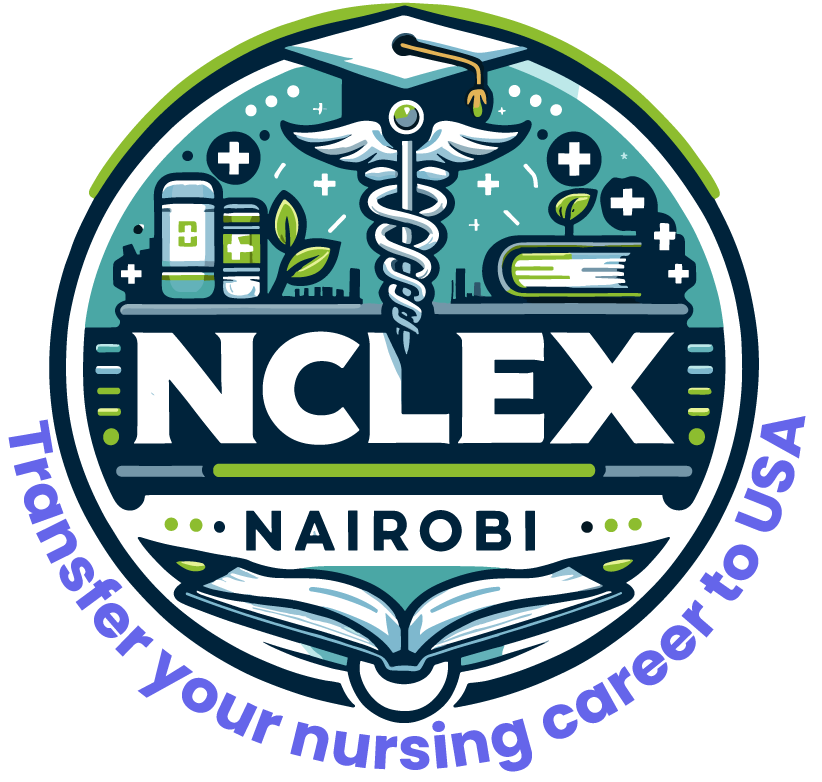
The National Council Licensure Examination (NCLEX) serves as a pivotal step for nurses in the United States to obtain their nursing licenses. There are two types of NCLEX exams: the NCLEX-RN for those aiming to become Registered Nurses (RNs) and the NCLEX-PN for those seeking licensure as Practical Nurses (PNs) or Licensed Vocational Nurses (LVNs) in some states. Understanding the differences between these two exams is crucial for aspiring nurses to prepare effectively and choose the path that aligns with their career goals.
Purpose and Scope
- NCLEX-RN: This exam assesses the competencies needed to perform as an entry-level registered nurse. It covers a broad spectrum of nursing practices intended for more complex patient care, including management and supervisory roles.
- NCLEX-PN: The NCLEX-PN evaluates the abilities required for practical or vocational nursing. PNs/LVNs often provide basic nursing care under the supervision of RNs or physicians, focusing more on routine and direct patient care.
Exam Content and Framework
- Both exams are organized around the framework of client needs but differ in depth and scope within each category. The NCLEX-RN includes additional content related to management and delegation, reflecting the RN’s role in supervising and directing other nursing staff.
- The NCLEX-PN places a greater emphasis on coordinated care and less on the management and delegation aspects, consistent with the practical nurse’s role in the healthcare team.
Question Format and Types
- Both the NCLEX-RN and NCLEX-PN utilize a Computerized Adaptive Testing (CAT) format, meaning the test adjusts its difficulty level based on the test-taker’s ability. They both include a variety of question types, such as multiple-choice, select all that apply, and fill-in-the-blank.
- The RN exam may feature more complex scenario-based questions to evaluate critical thinking and decision-making at a higher level.
Exam Length and Duration
- The NCLEX-RN allows up to 6 hours, including two optional breaks, with a minimum of 75 questions and a maximum of 265.
- The NCLEX-PN has a 5-hour limit, including optional breaks, with a minimum of 85 questions and a maximum of 205.
Licensing and Practice
- Passing the NCLEX-RN allows individuals to practice as registered nurses, who often have a broader scope of practice, including assessing patients, planning care strategies, and a significant role in patient education and health promotion.
- Those who pass the NCLEX-PN are licensed to work as practical or vocational nurses, focusing on basic nursing care like monitoring health conditions, administering basic care, and ensuring the comfort of patients.
Preparation and Eligibility
- Preparation for both exams requires a thorough understanding of nursing principles, clinical skills, and the healthcare system. However, RN candidates might need to study more comprehensive material reflecting the greater scope of practice.
- Eligibility for each exam depends on completing an approved nursing education program relevant to the licensure level—either a professional nursing program for the NCLEX-RN or a practical nursing program for the NCLEX-PN.
In summary, while both the NCLEX-RN and NCLEX-PN serve as licensure exams for nursing professionals, they cater to different roles within the nursing spectrum. Understanding these differences helps aspiring nurses choose the right path and prepare accordingly to achieve their professional objectives in the healthcare field.
